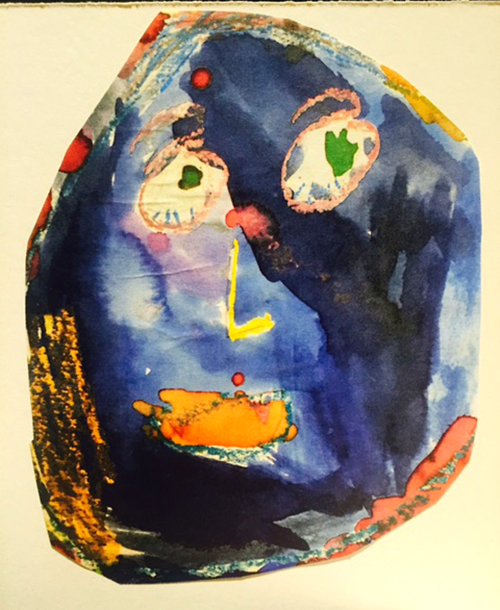What will you risk?
Day 2. The scene: A passionate conversation with fellow conference attendees over breakfast. We are grateful for this time together to eat free food, consume coffee, hear from more local artist activists and cultural workers, and begin reflecting on some of the learning that defines our conference experiences over the last few days. We exchange information on sessions that have challenged us due to either an unwillingness to go deep enough, or their readiness to move us so profoundly that we’re already changed. The latter by far represents the collective experience of my table mate colleagues, and soon to be friends.
During the conversation, some key questions rise to the surface. We land on – what are you willing to risk for justice through your work and the philanthropic field? We stay here for some time. You see, we recognize that things like race and social positionality (i.e., where you rank in organizational hierarchy) have bearing on whether we act or remain inert. Formal power is always present in these spaces. So, are personal agency, and the potential for collective power.
In any case, this little question worm makes its way into my conscience like a red wiggler in a compost bin (which I assure you, is a good thing) and stays with me throughout the day’s journey.
Teaching Artistry: From Fragmentation to Unity
In this session, participants spent time learning from teaching artist leaders, administrators, and funders from various organizations, all connecting by the work of Teaching Artists Guild (TAG), of which I am a national advisor.
We agreed on the premise that “A healthy teaching artist eco-system leads to quality in the field,” Jessica Mele (Hewlett Foundation), and were pushed to think about why we invest arts education. In addition to things like basic education mandates, what the arts teach, and cultural responsiveness, the opportunity gap came up – the often-invoked jargon of how oppression plays out in public education. A powerful reframing was offered by staff from Memphis Music Initiative to describe inequitable access, rather, as what we owe young people. This is about reparations, which is spot on.
To address the barriers to a racially equitable arts education, we must acknowledge and deal with the challenges teaching artists face as a profession. There are huge varieties in pay including little or no compensation for non-instructional time (preparation, planning, meetings, events, administration, etc.), and lack of benefits for many teaching artists working part-time or as contractors.
A startling 75% of teaching artists are making at or below minimum wage. This is unacceptable. TAG has responded by creating a TA Pay Rate calculator in partnership with the Economic Policy Institute to support teaching artists in determining what a living wage is for the cities in which they live and work. Case studies of teaching artist training certification programs are another place in which organizations and partnerships are working to provide paid, badged, learning opportunities for teaching artists, who possess a wide diversity of formal and informal educational backgrounds.
While everyone in the room was excited about these efforts, funders were challenged to think about ways to engage the tool as an educational and policy resource to advance their efforts in supporting teaching artists. Things like: more unrestricted operating funds to support teaching artist organizations, putting the pressure on larger cultural institutions to pay teaching artists at living wages, etc.
The implications are clear. While there are many teaching artists doing the work, who can afford to become a teaching artist and stay a teaching artist? And, what is the field doing to support their sustainability? What are we willing to risk to make sure teaching artists can continue to do what they do in our schools and communities?

